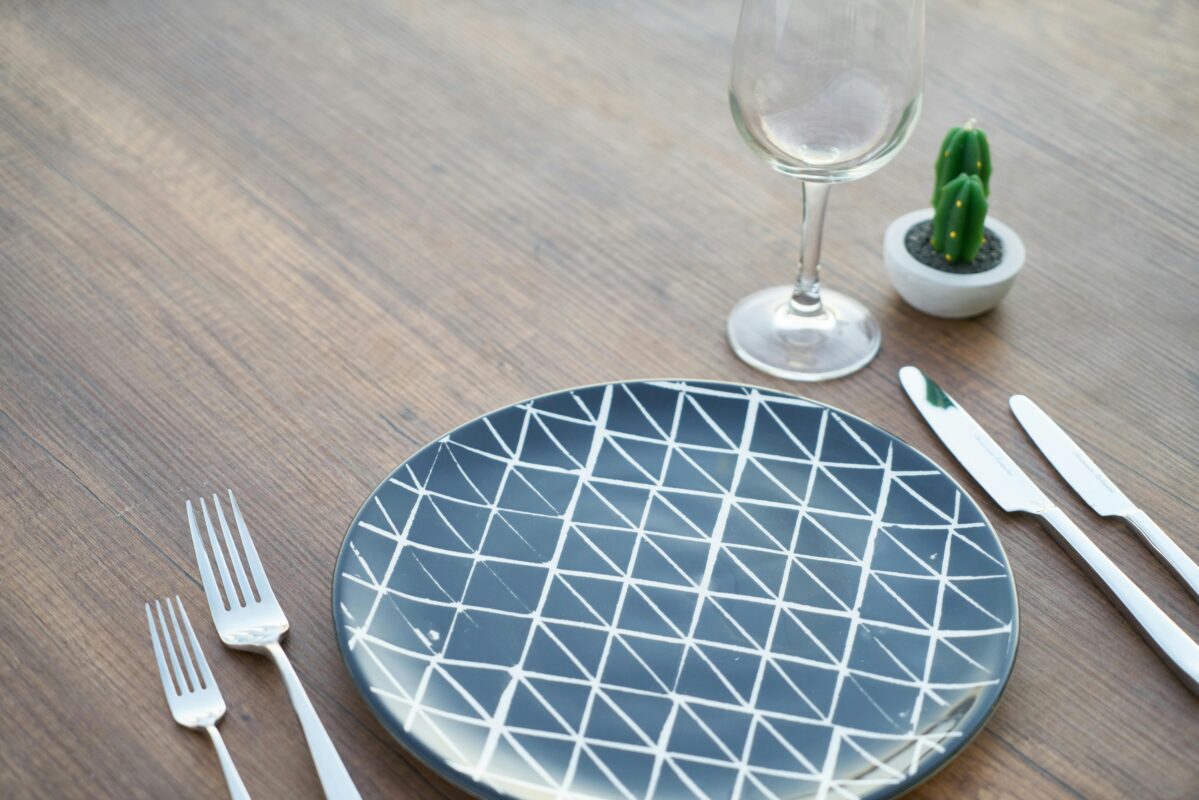Tableware is an indispensable and important part of our daily life. It not only affects our dining experience, but also reflects our food culture and aesthetics to a certain extent. This article will briefly introduce the types, materials and selection criteria of tableware.
- Types of tableware
Tableware mainly includes the following categories:
Knife, fork, spoon: This is the most common tableware in Western food. Knives are used to cut food, forks are used to pick up food, and spoons are mainly used to scoop soup or food containing liquid.
Chopsticks: Chopsticks are commonly used tableware in Asian countries, especially China, Japan, South Korea and other places. They are suitable for a variety of foods and are flexible to use.
Plates: Plates are used to hold food, usually divided into large plates and small plates. Large plates are suitable for main dishes, and small plates are used for side dishes or snacks.
Bowls: Bowls are mainly used for liquid or semi-liquid foods such as rice, soup, porridge, etc.
Cups: Cups, wine glasses and tea cups, etc., are mainly used to hold beverages. Different beverages usually correspond to different cups, such as red wine glasses, white wine glasses and beer glasses.
Tableware sets: Tableware sets are also common in the market, including complete knife, fork and spoon combinations, as well as overall designs that match plates and cups to unify the style.
- Tableware materials
Tableware materials vary, and the following are common:
Stainless steel: durable, corrosion-resistant, easy to clean, suitable for daily use.
Porcelain: beautiful and easy to maintain temperature, often used for tableware in formal occasions.
Glass: high transparency, can show the color of drinks, but relatively fragile.
Bamboo and wood: eco-friendly, gentle to the touch, suitable for making chopsticks and tableware accessories.
Plastic: light and diverse, suitable for use in the wild or outdoor activities, but not as durable as other materials.
- Tableware selection criteria
When choosing tableware, you can consider the following criteria:
Practicality: Choose tableware that suits specific eating habits and occasions. For example, families with children can choose tableware that is not easy to break and easy to clean.
Aesthetics: The appearance design and color matching of tableware can affect the dining atmosphere. Therefore, choosing tableware that matches the style of your home can add to the beauty of the dining table.
Safety: Make sure the tableware is safe and non-toxic, especially some tableware that comes into direct contact with food, such as plastic tableware.
Price: Choose the right tableware according to your budget. There are tableware from high-end to economical on the market, and you can choose according to your needs.
Conclusion
Tableware is not only a tool for dining, but also a carrier of culture. By choosing the right tableware, we can improve the quality and enjoyment of dining and feel a deeper level of good life. I hope every friend can find the tableware that suits them and enjoy every wonderful meal.

